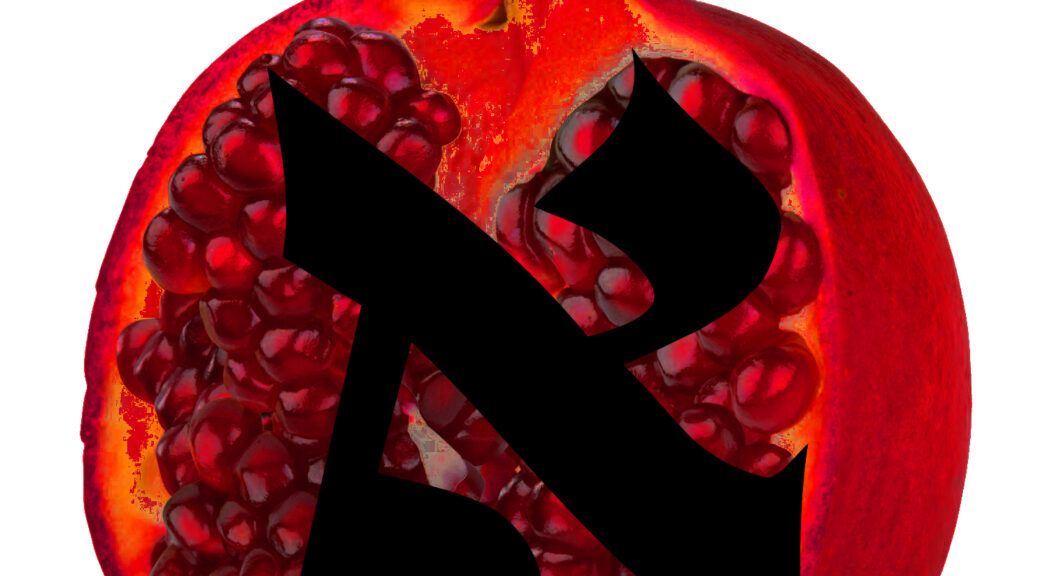today i’m starting a year-long reperformance piece!
it’s called Continuous Outfit – Altered Daily, and re-bodies scores by Yvonne Rainer (Continuous Project – Altered Daily [1969-70]) and Linda M. Montano (7 Years of Living Art [1984-91]).
the score, a performance note, and links to the source scores are here.
and ongoing photo documentation will be here.
my reflections on the piece as it develops will be on this blog, under the tag #continuous.
to start with:
the initial state of the outfit consists of a crimson kaftan in medium-light-weight linen, cinched with a black cotton-webbing belt decorated with bronze-look rivets, over white undergarments in the same linen.
i made all of it except the belt (a long-ago dumpster find) this week. the kaftan is a blatant ripoff of my housemate M’s pandemic winter style, which has featured gorgeous lightweight kaftans in saturated colors.
i adore the color of the kaftan – i’ve been excited to wear this red ever since my neighborhood fabric store showed me the bolt when i went in and asked about linen earlier this month, and now i’m getting to!
and the linen feels great to wear. i’m not likely to turn into a primitivist (i and most of my friends would be dead or incapacitated in their medical technology-less utopia, after all), but there’s something very real to the loss of sensory quality of life under capitalism and the state. i usually think about that in terms of food (having been lucky enough to travel in places where you can eat almost entirely from local markets during the growing season), of nighttime light pollution and daytime sound pollution in the cities where i’ve lived, of the aggressive dullness of the colors of most industrial products (cars, computers, apartment buildings…). but it’s just as true of the materials we put against our skins.
during the planning process, i’ve thought of this project as largely a visual one, but i think texture and touch will be just as important to my everyday experience of doing it. which makes me even more grateful than usual for Materials for the Arts (the best arts/sanitation collaboration any city i know has!), and the way it’s kept me supplied with leather, silk, satin, felt, fine woollens, mysterious fur (nutria? groundhog? we may never know) and other lovely things to touch and wear.
